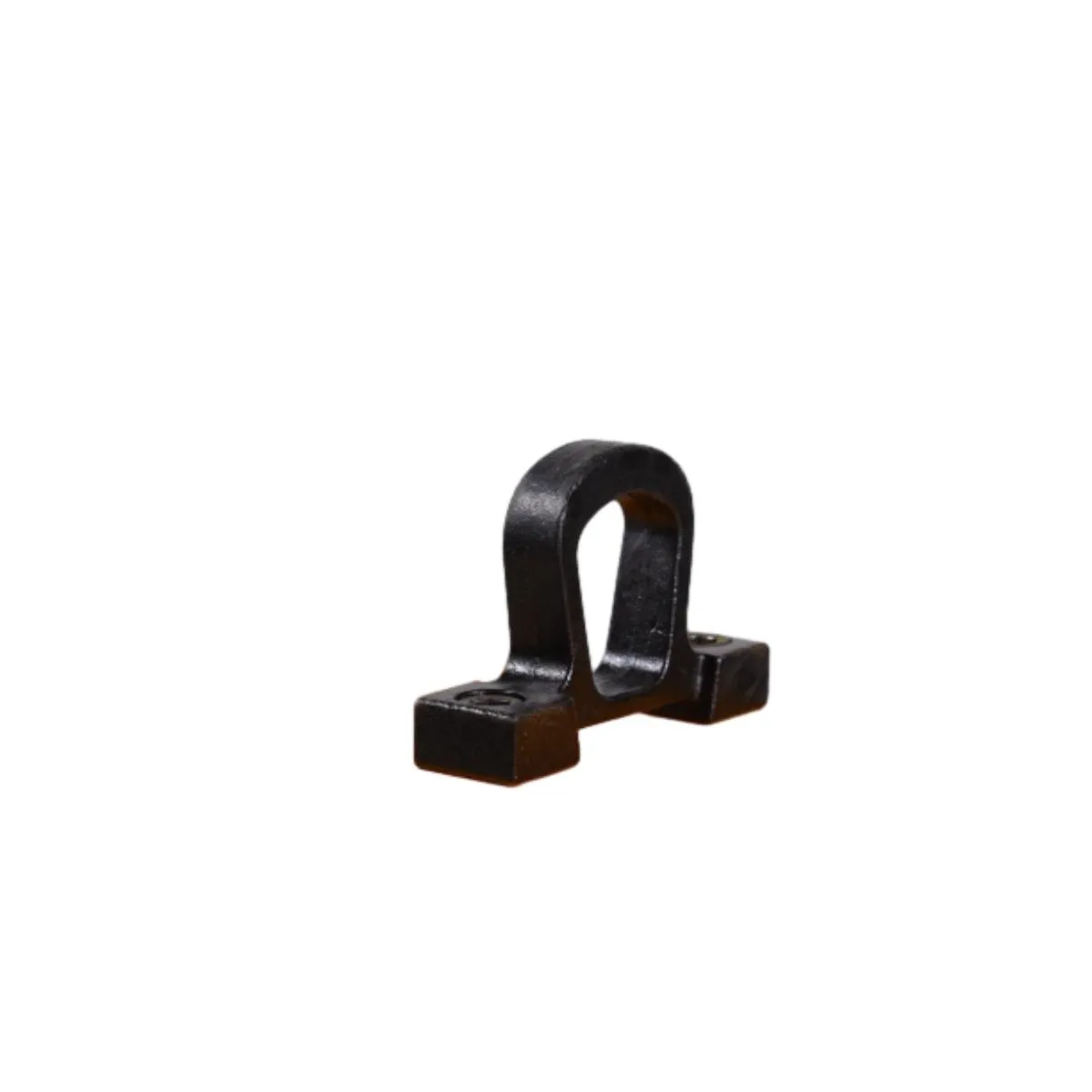moving large machinery
Moving Large Machinery Challenges and Best Practices
Transporting large machinery is a significant undertaking that requires careful planning, expertise, and specialized equipment. Whether moving heavy construction equipment, industrial machinery, or oversized components for manufacturing facilities, the process involves unique challenges that must be addressed to ensure safety, efficiency, and compliance with regulations.
Understanding the Challenges
One of the primary challenges in moving large machinery is the sheer size and weight of the equipment. Over-dimensional loads can exceed standard road limits, leading to potential legal issues, safety hazards, and logistical difficulties. Ensuring that the machinery can be transported legally often requires obtaining special permits from local or state authorities. This process can be time-consuming and necessitates outlining specific travel routes that accommodate the size and weight of the load.
Additionally, the transport of large machinery often involves navigating through urban areas or congested streets, where traffic conditions can pose significant challenges. Bridges, tunnels, and road conditions must be assessed to avoid damages to both the equipment and the infrastructure.
Planning and Preparation
Effective planning is essential for successful transportation. The first step is to conduct a thorough assessment of the machinery to determine its dimensions, weight, and any special handling requirements. Engaging with engineers or professionals who specialize in heavy transport can provide valuable insights and recommendations.
Next, developing a detailed transport plan is crucial. This plan should outline the entire process, including loading, transport routes, necessary permits, and safety protocols. It should also include a contingency plan to address any potential issues that may arise during transportation, such as vehicle breakdowns, traffic delays, or adverse weather conditions.
moving large machinery

Specialized Equipment and Personnel
Moving large machinery typically requires specialized trucks and trailers designed to handle heavy loads. Lowboy trailers, for instance, are commonly used for transporting heavy equipment because they have a lower deck height, allowing for easier loading and unloading. Additionally, custom rigging solutions may be needed for securing the machinery to prevent any movement during transit.
Having the right personnel is equally important. Skilled operators and riggers play a crucial role in ensuring safe loading and unloading practices. They must be trained in the operation of heavy machinery and familiar with safety standards relevant to the transport process. Collaboration with trucking companies that have experience in transporting oversized loads can further enhance safety and efficiency.
Safety Considerations
Safety should always be a top priority when moving large machinery. Both the loading and unloading processes can be hazardous if not executed correctly. Using proper lifting techniques, securing the load adequately, and wearing protective gear are vital steps to mitigate risks.
In addition, clear communication among all team members involved in the transport process is essential. This includes establishing hand signals or using two-way radios to coordinate actions, especially when maneuvering around tight spaces or during challenging loading ramps.
Conclusion
Moving large machinery presents various challenges that require meticulous planning, specialized equipment, and skilled personnel. By understanding the complexities involved and implementing best practices, companies can ensure the safe and efficient transport of heavy equipment. As industries continue to grow and evolve, the demand for transporting large machinery will remain significant, underscoring the importance of ongoing training, innovation, and adherence to safety standards in this essential field.
-
Unlock Seamless Relocation with Our Heavy Equipment Moving ExpertiseNewsJun.06,2025
-
Unleash Unrivaled Flexibility with Our Adjustable Gantry CraneNewsJun.06,2025
-
Unleash Heavy-Duty Efficiency with Our Industrial Gantry Crane SolutionsNewsJun.06,2025
-
Revolutionize Steel Handling with Our Magnetic Lifter RangeNewsJun.06,2025
-
Master Equipment Mobility with Premium Machinery Mover SolutionsNewsJun.06,2025
-
Elevate Your Material Handling with Magnetic Lifter TechnologyNewsJun.06,2025
-
YS Permanent Lifting Magnets: The Smarter Way to Handle SteelNewsMay.22,2025
